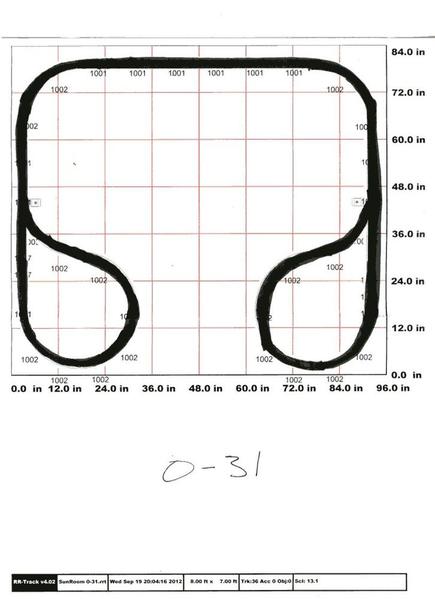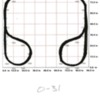This is a real rookie question but here goes. I am setting up a short "fun run" for under the Christmas tree. I am using MTH 31" Real Trax. I have a 10 foot long basically straight run with loops on each end. Looks like a dog bone but I want to use crossover switches so that I don't have to have two parallel sections of track running. LOOP (with Left Crossover)-----------------------STRAIGHTS-------------------LOOP (with Right crossover).
This is my question: do I have to manually throw a directional toggle to reset the crossover each time the engine goes thru it. Or can I leave it unattended and the crossover will correct itself as the engine approaches. In other words, can I just set it up and forget it and let it run by itself?
If MTH track crossovers can't run "automatically", is there another company that makes crossovers that will do the self correcting function. Space is tricky and don't have room for parallel tracking.
I have attached a .jpeg of the track plan schematic.
Thanks






